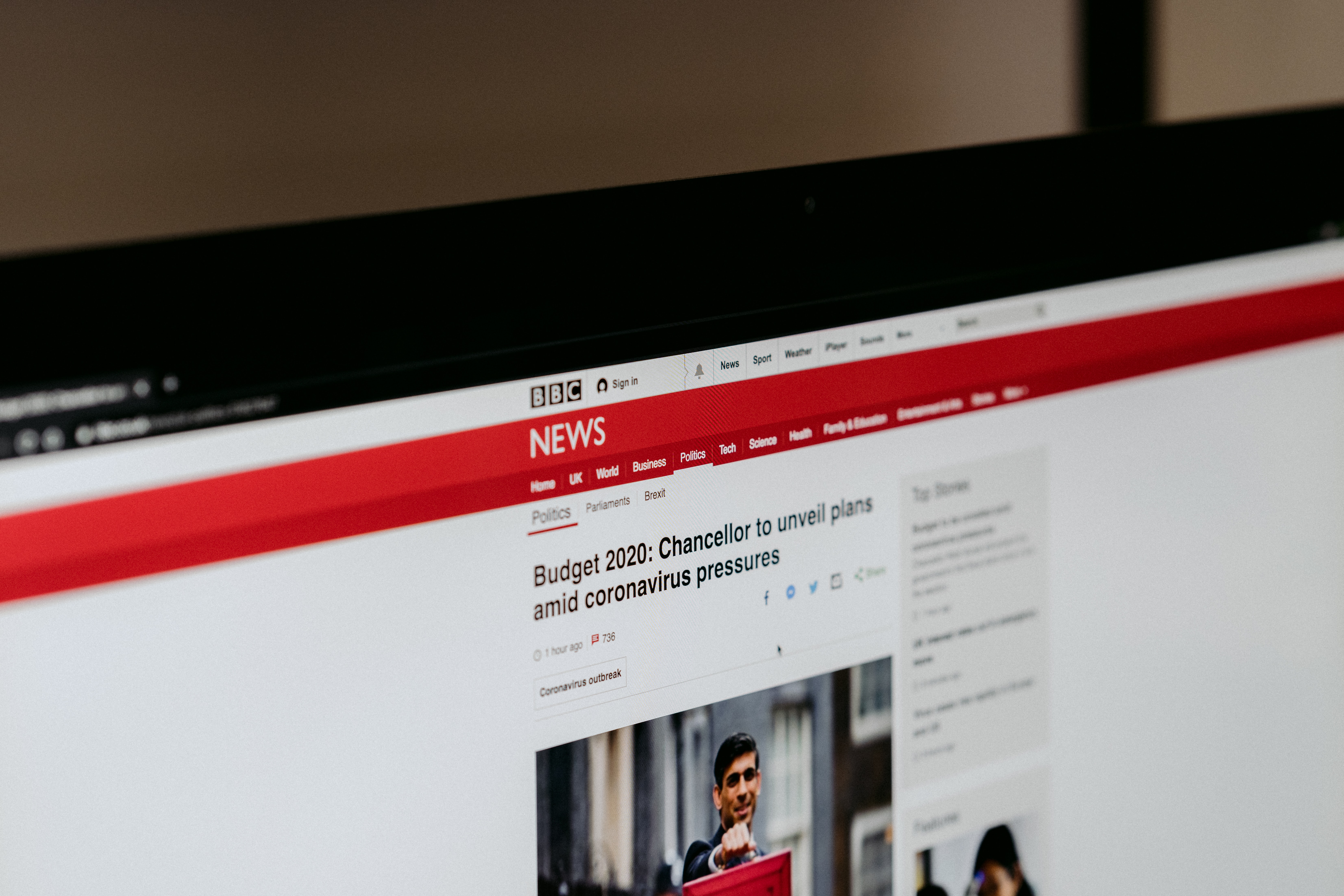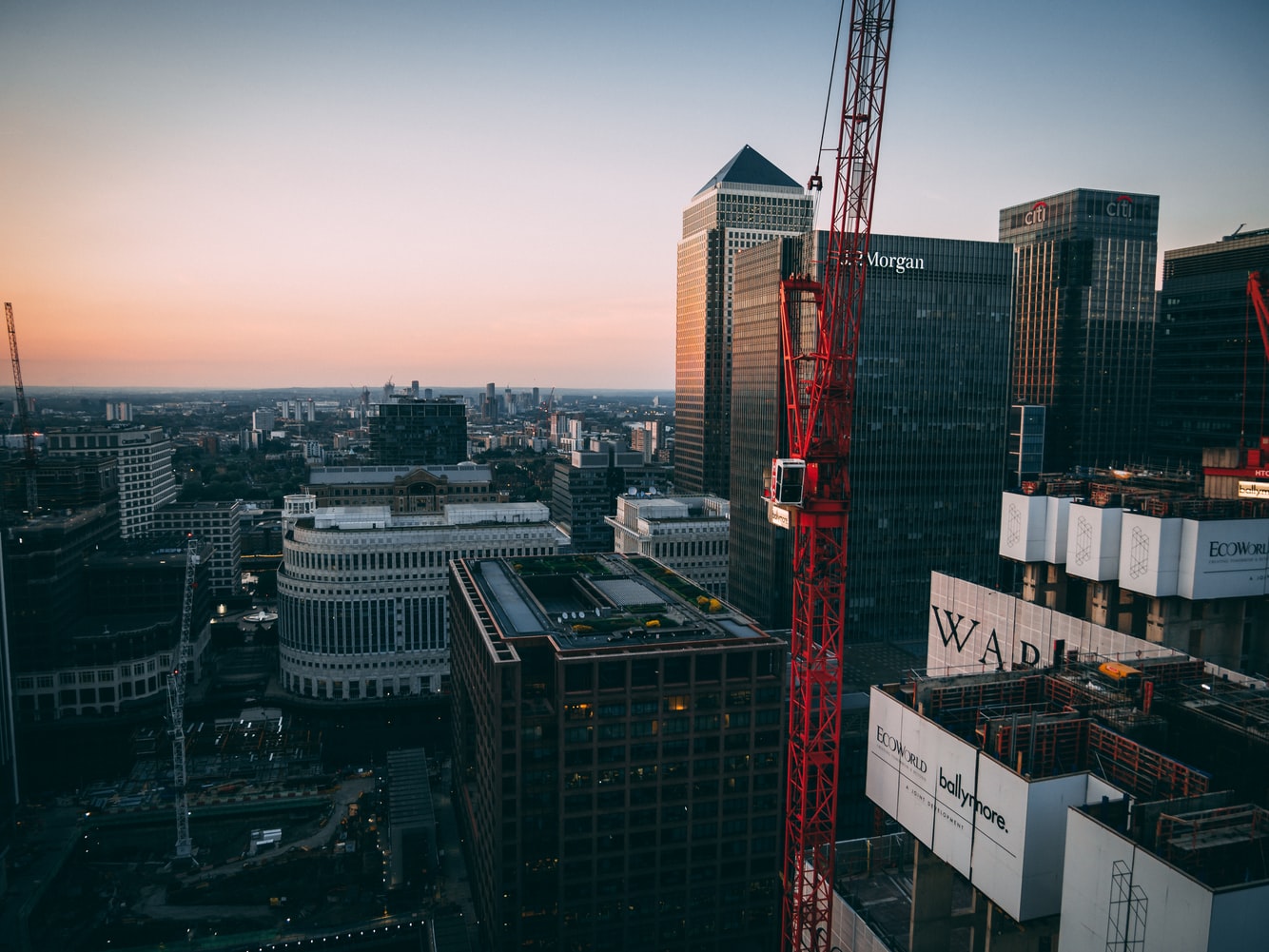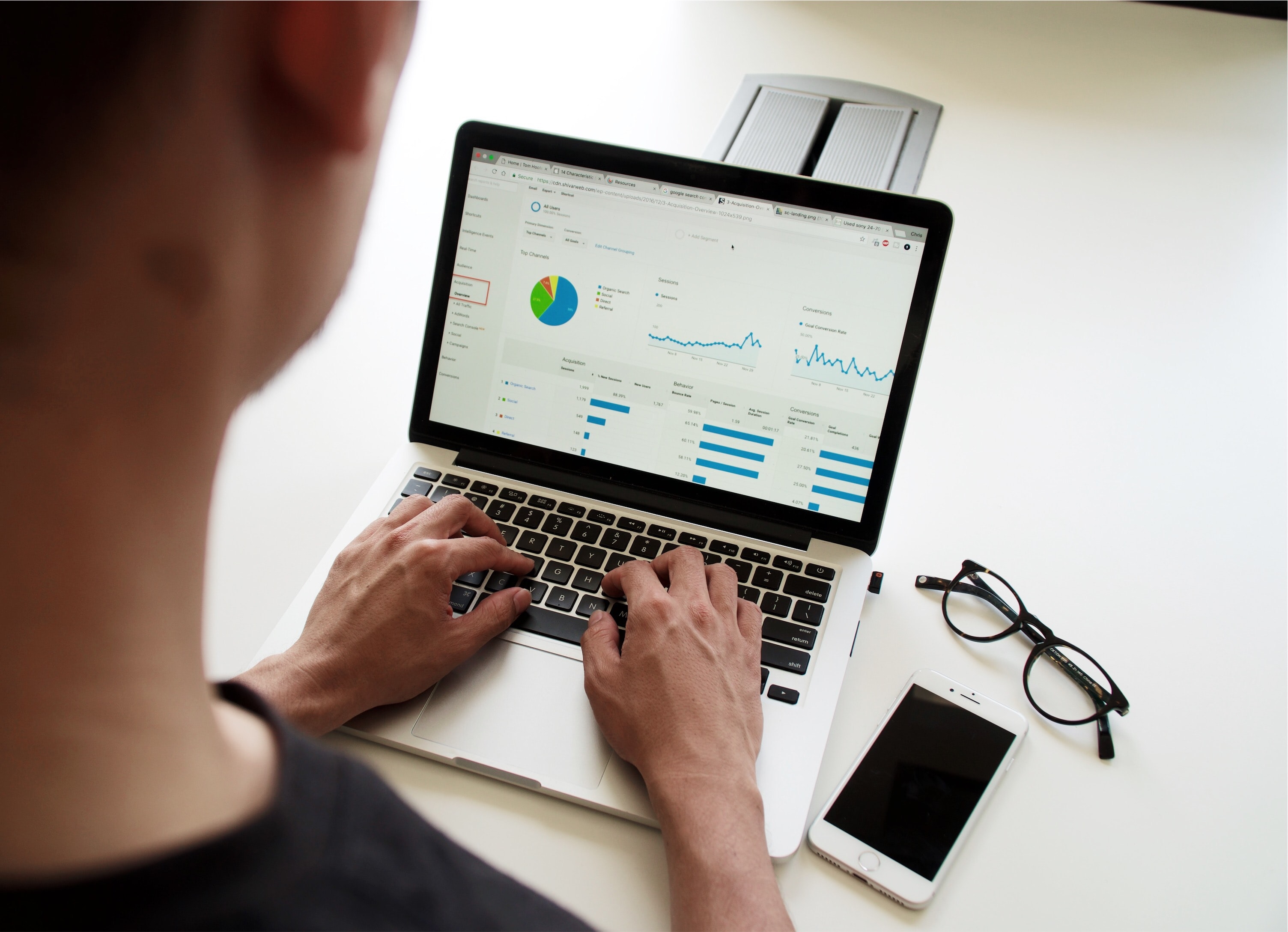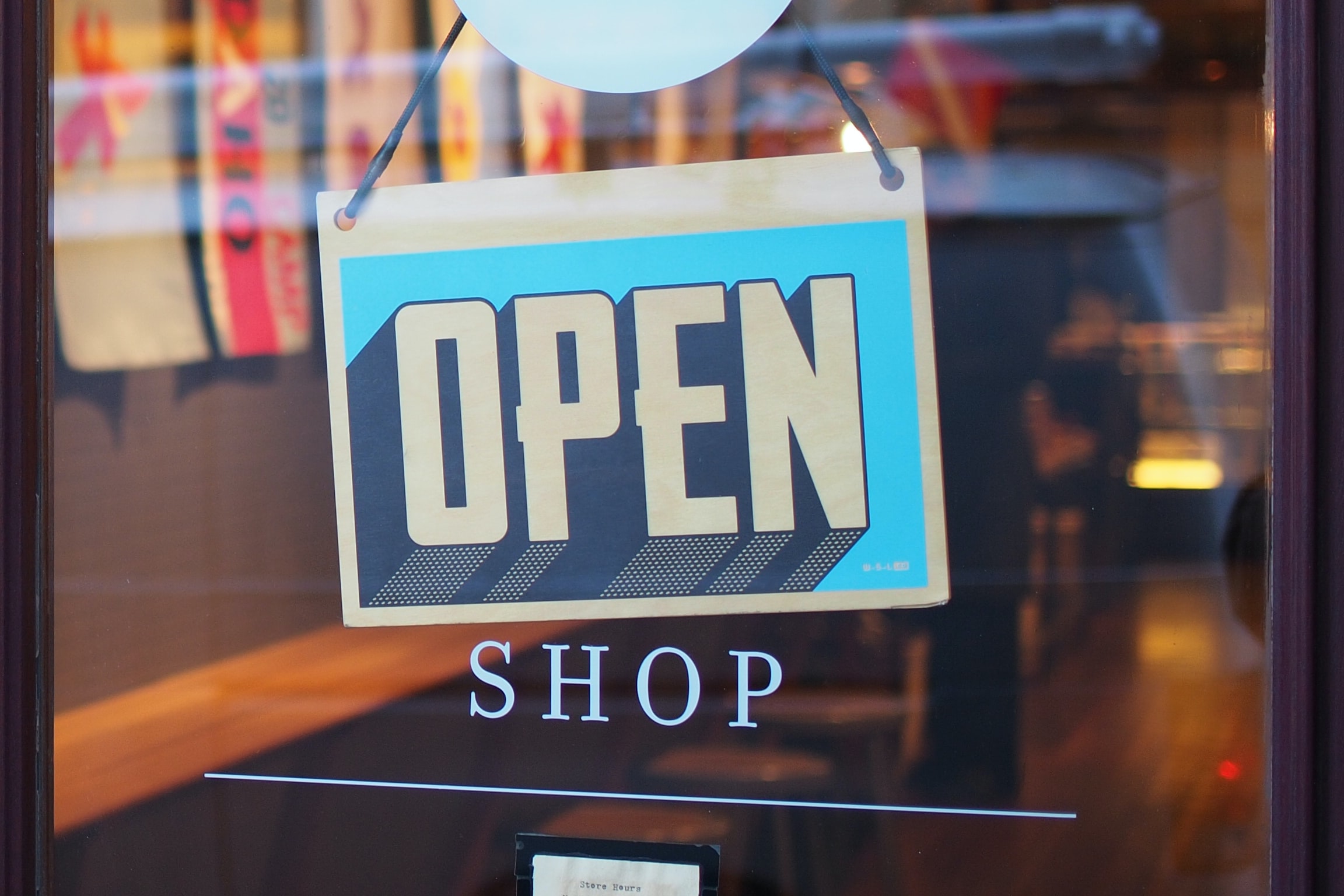By now, we’re no strangers to economic uncertainty.
The Bank of England injected more than £300billion into the financial system last year to stimulate recovery, but, as we ride out this third wave in a strict lockdown, the shape of the future still remains unclear.
So what does 2021 have in store for lending? Well, it’s impossible to say for certain, but here are some of the industry talking points worth keeping an eye on.
Mortgage lending
Many expected a hit to the housing market as a result of the pandemic. After all, the economy saw the greatest decline since the Great Frost of 1709.
Instead, we saw mortgage approvals reaching a 13-year high. In November they hit 105,000, building on the already record-breaking figures of the previous two months.
And that drove up house prices by 6% in 2020.
But some analysts are warning that we might be riding a temporary wave of demand and are simply making up for the time lost when the market was shut during the first lockdown (with some added fuel for the fire from the Stamp Duty Holiday).

Once the Stamp Duty Holiday ends though, some think mortgage lending might dip again.
But as high street banks start to bring back more lower-deposit offers, there will be more opportunities for other buyers to join the demand. HSBC are reinstating 10% deposit mortgages, following in the footsteps of NatWest, Halifax and Coventry Building Society.
The result could even stimulate lending beyond March. It’s probably not going to lead to a boom, but it might be enough to keep things ticking over.
Wider consumer lending
Where consumer credit is concerned, the public are acting with caution. Since March, British households repaid £17.3 billion worth of credit, so the annual growth rate fell to -6.7% in November — the greatest fall since records began in 1994.
This could mean that people are (understandably) wary of big purchases at the moment. Or that many are using the time as an opportunity to save money on commutes, meals out and big holidays etc. People who could be saving up for house deposits, so that they’re ready to buy in the not-too-distant, pandemic-permitting future.

It might be hard to imagine a world without Covid right now, but when the restrictions are lifted and the economic landscape looks a bit clearer, we’ll see whether consumers feel comfortable borrowing again.
Business lending
With limitations placed on operations, businesses continued to borrow in large amounts in 2020, with gross lending to SMEs reaching £54 billion between January and September and over 1.5 million businesses receiving government-backed loans.
As a result, the annual growth rate for small business lending increased sharply with the interest rates on these loans remaining low.

With difficult times still ahead for many businesses, it remains to be seen how much will be repaid by the businesses themselves. On one hand, a lot of them are folding with each passing day. But on the other, we are seeing businesses evolve at pace, with many finding inventive ways of bringing in revenue under the restrictions.
Alternative lending
With a lot of uncertainty in the air, the alternative lending market took a hit.
In theory, the lack of tight regulations makes P2P lending a good option for some borrowers and investors. But in a time of crisis, this becomes less appealing. Many of them are now converting into banks or struggling to stay afloat.

For instance, MetroBank recently acquired P2P lender, RateSetter. And Tide, the non-bank lender, ran out of funds last summer and can no longer offer loans to struggling businesses. This locks out around 100 British businesses from receiving a Bounce Back Loan top up.
Yet, it’s possible that the P2P platforms that survived 2020 will be even stronger going forward. Imagine, for instance, that the banks withdraw support for low-deposit mortgages in the future, or they set negative interest rates. In these scenarios, P2P lending might offer better returns than traditional banking institutions.
What happens next?
We might be in our third national lockdown, but it is not all gloomy. With the vaccination programme going full steam ahead, it is very possible that we return to a kind of normal by Summer.
Plus in the Spending Review for 2021, the Chancellor promised £20 billion to support new housing.
This includes a £7.1billion National Building Fund and a new infrastructure bank to fund such plans. In fact, where house building is concerned, there was a sharp increase from July to September, which will hopefully pick back up as restrictions ease again.

It’s worth noting, though, that “normal” will look a bit different, given that GDP and unemployment levels might take a while to heal.
That said, even though it looks like we’re heading for a double-dip recession, many economists predict a “vaccine-driven bounce-back” on the horizon.
When things are in doubt, manage what you can
Where and when the dust settles after Covid, and what happens to lending, remains unclear. It’s likely that due diligence will be of increasing importance for both developers and lenders as we continue into these uncharted waters.
Oliver is leading the charge on the next LandTech product, looking into the world of development finance. He loves an adventure – he once bought a 1970s camper van to travel around Australia, and bought a boat off eBay to teach himself sailing. His family home is in one of the most notorious crop circle hotspots in the world (though he claims to know nothing about them).


